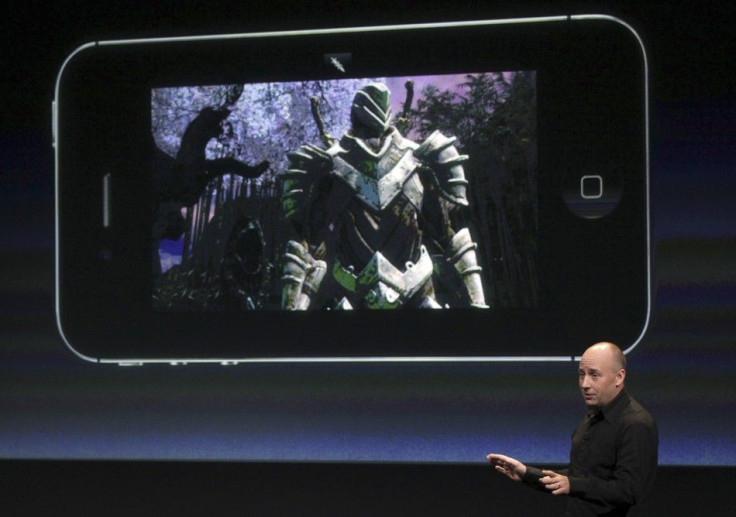Gaming Shootout: iPhone 4S vs. Galaxy Nexus

The Galaxy Nexus is on the way and Samsung released plenty of details during its recent Hong Kong press conference.
With all the power going into smartphones these days games are starting to look better and run faster than ever. Just last week, Rockstar Games announced it would be porting Grand Theft Auto III to select mobile devices. And with all the comparison articles flying around, we just can't help but stack the Nexus against Apple's newly minted iPhone 4S.
One huge factor when considering mobile gaming is how much processing power the device has. The Nexus has a dual-core 1.2GHz processing chip and 1GB of RAM. That is compared to the 1GHz dual-core A5 chip Apple put in the 4S, along with 512MB of RAM. With twice as much RAM and a slightly faster processor, the Nexus blows away the iPhone 4S.
The Nexus also has a 4.65-inch, curved glass screen compared to the flat 3.5-inch screen of the 4S. Though the curved glass screen makes the Nexus more private it cuts down on viewing angles. That could hurt it in the long run since games are relying more heavily on phones' gyroscopes to control the characters. More viewing angles gives players better freedom to twist and turn the phone while moving through the game world.
Battery size also comes into play, allowing gamers to extend their sessions while out on the road. The Nexus has a bigger battery capacity with 1750 mAh versus the 4S's 1420 mAh. However, the Nexus's LTE 4G connectivity uses up more power than the iPhone's HSPA connection. So the iPhone might last longer.
So when it comes down to recommending a phone for gaming, I really won't recommend either one. The biggest problem for mobile gaming on phones is the lack of physical buttons. Each phone has a touch screen, and those kinds of controls lack the precisions and response time of physical feedback.
If you are really interested in mobile gaming the Xperia Play from Sony Ericsson is one of the best options. It runs an Android OS but features a slide down game pad with actual buttons. It still has a 1GHz processor but about 512GB of RAM, which is still pretty competitive. It was also the first mobile phone to get the popular Minecraft, which shows Ericsson's dedication to giving gamers good content.
© Copyright IBTimes 2024. All rights reserved.




















